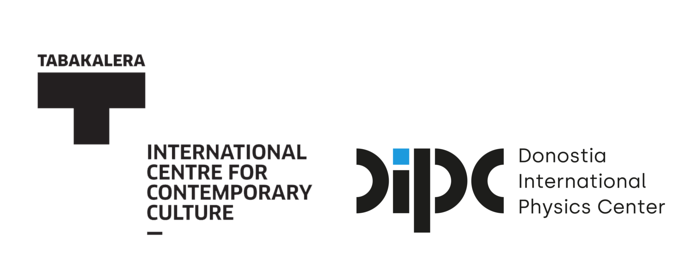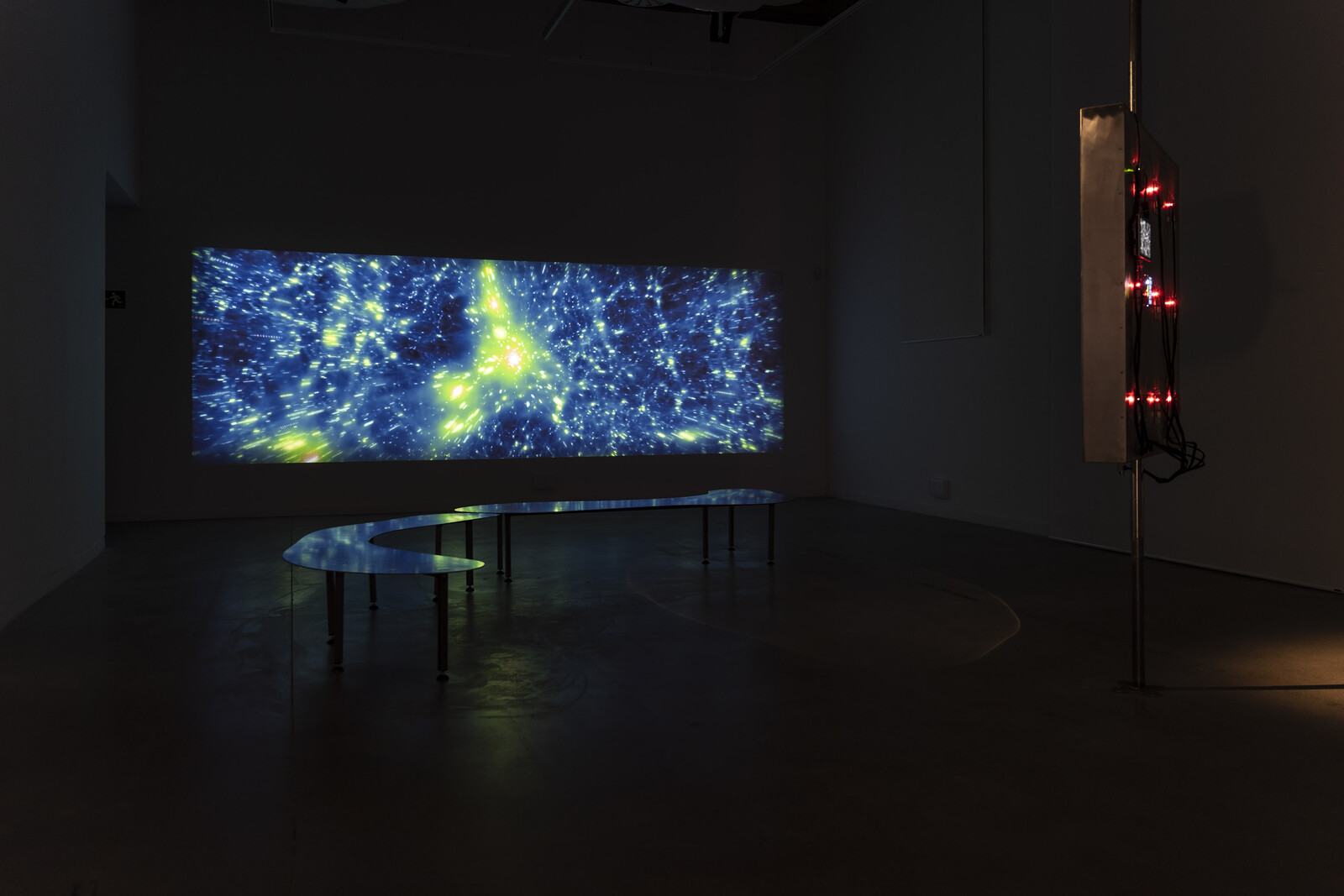Computational Compost
November 23, 2023–February 4, 2024
Andre zigarrogileak plaza, 1
International Centre for Contemporary Culture
20012 Donostia-San Sebastián
Spain
T +34 943 11 88 55
info@tabakalera.eus
Tabakalera unveils Computational Compost, a project rethinking the future of data storage led by Marina Otero Verzier in collaboration with the Supercomputing Center of the Donostia International Physics Center (DIPC).
With the widespread adoption of Web3 and Artificial Intelligence (AI), the environmental impact of data storage has become a top priority on political agendas and in academic research centers. Although the familiar metaphor of the cloud makes us believe that digital information is ethereal, in reality it is supported by gigantic architectures that demand increasingly more energy, water, and raw materials, and inevitably emit heat and carbon dioxide.
Computational Compost addresses the environmental impact of data storage and proposes a synergy between technology and ecology. It consists of a prototype using the heat emitted by computers running simulations of the origin of the universe to power a vermicomposting machine with live worms and microorganisms that thrive on this energy to create fertile soil which sustains life in its most primal form. Celestial and biological bodies are linked by processes of metabolism and fermentation, decomposition and regeneration, the metamorphosis that runs through all cycles of matter. The prototype has been designed by Marina Otero Verzier in collaboration with Claudia Paredes Intriago, Fernando Fernandez Sanchez, Pablo Saiz del Río and DIPC (Txomin Romero, Silvia Bonoli, Raul Angulo, Jens Stücker). The Computational Compost prototype is presented as a possible application for the DIPC, which currently redirects the heat generated by its supercomputers into its immediate environment. This process has caused, for example, a nearby loquat tree to bloom prematurely. Understood on a planetary scale, this particular case reveals deeper dimensions, highlighting the significant impact that digital infrastructures can have on processes related to climate change.
The work includes a film directed by research and filmmaking studio Locument (Romea Muryń and Francisco Lobo) and Otero Verzier, starring the quipu MCHAP 0780, currently exhibited at the Chilean Museum of Pre-Columbian Art in Santiago. Quipus are pre-Columbian recording devices used by the Inka and that we can no longer decipher yet offer some clues for imagining another digital future. Today, humans and artificial intelligence produce so much data that soon there will be no capacity to store it; we are accumulating infinite information with finite resources. The film invites reconsideration on the relationship between data storage and collective memory, highlighting the urgency of critically rethinking narratives of the digital future.
The project is part of the exhibition Máquinas de ingenio. Jakintzen bidegurutzean, curated by Maria Ptqk and includes other prototypes by artists Laura MM, Amaia Vicente, Elsa Yranzo, and Quadrature. The exhibition can be visited until February 4, 2024, at the Tabakalera Contemporary Culture Center, Donostia-San Sebastián.
Computational Compost continues the Future Storage research for which Otero Verzier received the 2022 Harvard University Graduate School of Design Wheelwright Prize.
Computational Compost team
Artistic direction and research: Marina Otero Verzier / Project coordination and research: Claudia Paredes Intriago / Film direction: Locument (Francisco Lobo, Romea Muryń); Marina Otero Verzier / Film editing: Locument (Francisco Lobo, Romea Muryń) / Additional cinematography in Chile: Diego Cabezas / Sound design: Gaspar Cohen / Prototype design: Marina Otero Verzier / Prototype development: Claudia Paredes Intriago, Fernando Fernandez Sanchez, Pablo Saiz del Río, Summerlab Medialab Tabakalera / Technical consultancy, exhibition design, and structural systems: Pablo Saiz del Río / Technical consultancy, digital system design and vermiculture: Fernando Fernandez Sanchez / 3D architectural direction: Claudia Paredes Intriago / 3D modeling: Claudia Paredes Intriago, Jacinto Moros Montanes, Caésar Arenas, Xabier Abel Martinez / Donostia International Physics Center (DIPC): Txomin Romero, Silvia Bonoli, Raul Angulo, Jens Stücker / Advisors: Ibai Zabaleta; David Pello / Technical consultancy: Felix Casanellas / Production: Rocco Roncuzzi / Acknowledgments: Clara Montero; Ane Agirre; Ekhiñe Etxeberria; Iñaki Eguitegui; Eduardo Bendek; Arantzazu Luzarraga; RISE ICE Data Center; Barcelona Supercomputing Center; Museo Chileno de Arte Precolombino; Thales Alenia.








